As you step on the slopes of the travertine terraces rising steeply above Pamukkale, the water flowing down alternates between warm and cool but never extreme. From the town one can barely see the water as it only forms a thin layer flowing over the textured white surface but it emerges from above flowing through the trenches and from over the pools. It is hotter at the source but is cooled as it flows over the surface and loses its heat to the November air. As your feet make their way upward you could be stepping on a cool shallow pool or a warm flow making for a familiar experience - that of an imperfect shower head that keeps you guessing.
After climbing a fair amount, you are treated to the surreal sight of natural pools of water with various hues of blue that have collected in large, naturally formed tubs. Visitors were once allowed to enter these but after decades of damage, these are now off limits. Now, you can just walk alongside these pools as you climb the travertine hill as the water flows over your bare feet. You have to take off your shoes before entering the travertine area and carry them with you. You can put them on after you have reached the top of the hill and outside the travertine area. Once you reach there, you can pause to enjoy the views of the water pools and the town of Pamukkale before moving on to explore the ruins of Hierapolis. The travertines and Hierapolis together form the Pamukkale National Park and is also a World Heritage site.
Hierapolis was founded in 191 BC as a cure center by Eumenes II, King of Pergamum and it prospered in Roman and Byzantine times before being abandoned in the 14th century after one earthquake too many. The ruins cover a large area (to see it fully, we had to walk a lot more than we did at Aphrodisias the previous day) with very few intact structures. One such is the Antique Pool (presumably the sacred pool from centuries ago) that visitors can swim in today. The water is at a comforting 36 degrees (Celsius) and submerged beneath the blue pool are Roman columns from centuries ago, making for a very unique swimming pool indeed. We opted to walk around the pool and gather trivia about the chemical properties of the waters that are said to be good for health.
The massive Roman theatre (built by Emperors Hadrian and Septimus Severus) that could seat 12000 is an impressive site with much of the stage still intact looking impossibly far away from the top tier seats. The seats at the lower levels have lion paw terminals (similar to the theatre in Aphrodisias) and high backs, for persons of high status. The building dates to the 3rd century AD. From the top tiers we could get a panoramic view of the whole of Hierapolis and the surrounding areas below. We were treated to the extraordinary aural spectacle of several simultaneous calls to prayer echoing across the region as we enjoyed the view.
Video : View of Hierapolis from Roman Theatre (with Azaan echoing)
Walking to the Martyrium of St. Philip the Apostle requires going downhill from the theatre and up another hill away from the other sites at Hierapolis. Not many make the effort but it is well worth it. What looked like a rubble from a distance actually turned out to be a fascinating celebration of arches. At the centre of the site where the saint is believed to have been martyred, are a series of eight archways that are connected by a circular path, a very unique architectural spectacle that we enjoyed. The site was one of the principal pilgrimage sites during Byzantine times. A lot of restoration projects are underway including the one at the nearby St. Philip's Bridge which was an elaborate gate leading to the martyrdom site.
The Hellenistic theatre that is marked on the map is quite deceptive in that none of it actually survives. One has to imagine the circular geometry in the concave shape of the hillside, but it is not difficult to do especially after having seen the excellent examples in Aphrodisias and the Roman theatre visited just a few minutes ago. The large necropolis nearby leave some to speculate on the effectiveness of the cures imparted at the Hierapolis spa centuries ago.Walking back downhill past sarcophagi, one can come across a large agora (2nd century) with marble porticos and columns surrounding it. One can barely make out the shape of the monumental basilica that once stood nearby. A solitary column (5th century victory monument) stands on one side of the agora.
Walking further westwards beyond the agora, we could admire the long colonnaded stone path (Frontinus Street) and imagine it being a major thoroughfare centuries past. Grand archways lie at both ends of the path. An elaborate latrine lies on one side of the path. The striking Arch of Domitian serves as one gateway to Frontinus street. Parallel to the stone path is the modern paved pathway for today's tourists to walk all the way to the other side of Hierapolis. The long walk back is just reward for an excessive interest in Roman archaeology.
Our plan to return to Pamukkale via the longer paved road (that brings visitors who prefer to not walk up the travertines to the Hierapolis ruins) turned out to be longer than what we thought it would be. So we resigned ourselves to walking back down the travertines in bare feet. The afternoon descent proved to be as enjoyable as the morning ascent. The external appearance of the travertine path suggests a slippery smooth surface that would be treacherous. However, the surface grips bare feet quite well and we felt absolutely safe while ascending and descending. One has to be careful while stepping inside the shallow pools that have small calcium stones that could hurt.
Video : Walking down travertine terrace
Back in tiny Pamukkale town, we enjoyed a rewarding lunch before booking our bus tickets for our next destination that very afternoon. The agent gave us a ride in his car to our hotel for us to pick our bags up and bring us back to his office. A servis transported us to the larger city of Denizli (15 km from Pamukkale) to catch the big bus to Selcuk, some 200 km west near the Aegean coast. The best preserved of all of Turkey's Roman ruins, Ephesus, awaited us there. Having visited Aphrodisias and Hierapolis on back-to-back days, we will have to dig deep within ourselves to summon up enough Roman ruins appetite worthy of such a site, on a third successive day. Did we succeed? And if we did, did we leave enough in the tank for Smyrna and Troy? Our next entries will have the answers.
Google Maps Link
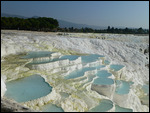

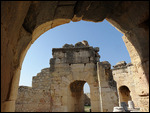
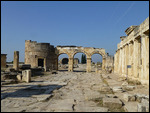
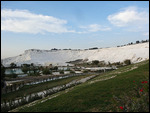
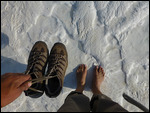
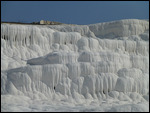


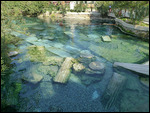
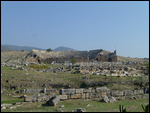

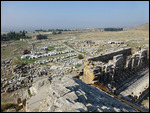
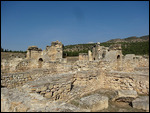



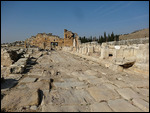
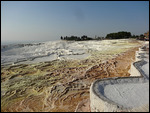
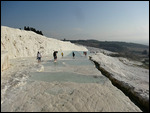
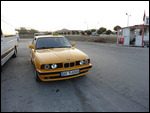

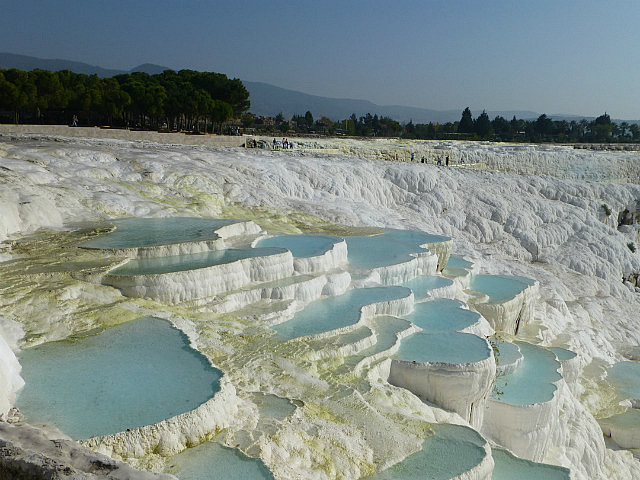


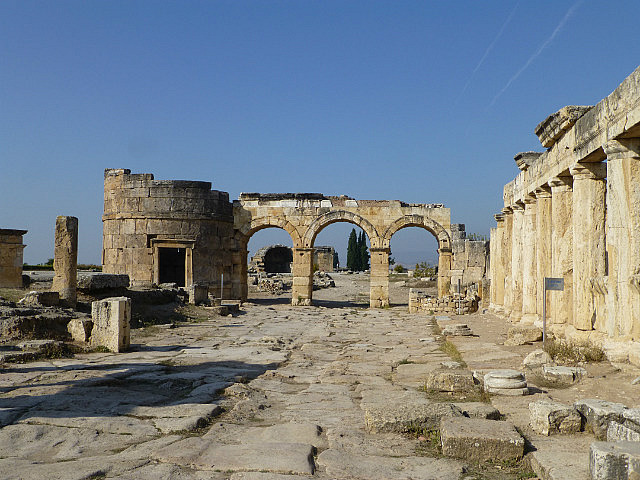
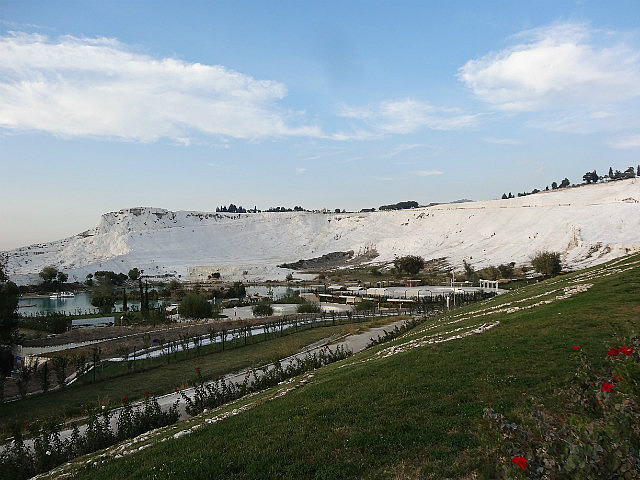

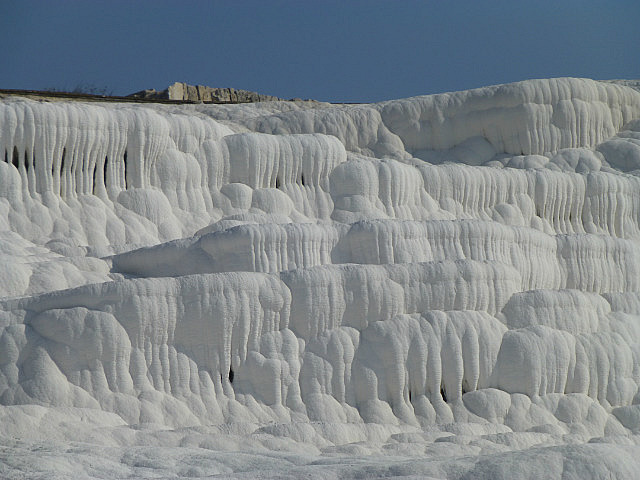
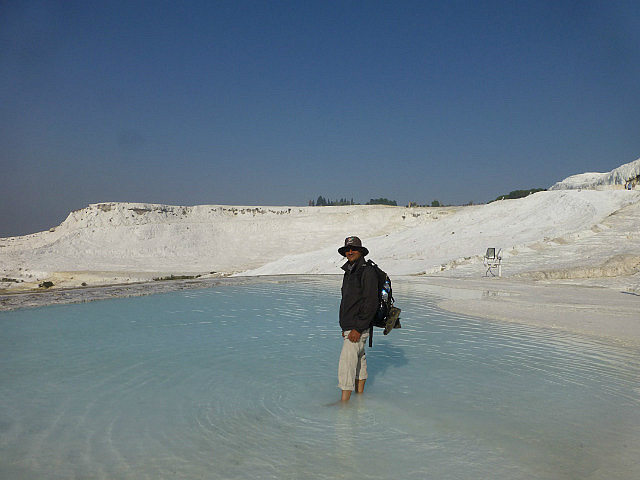
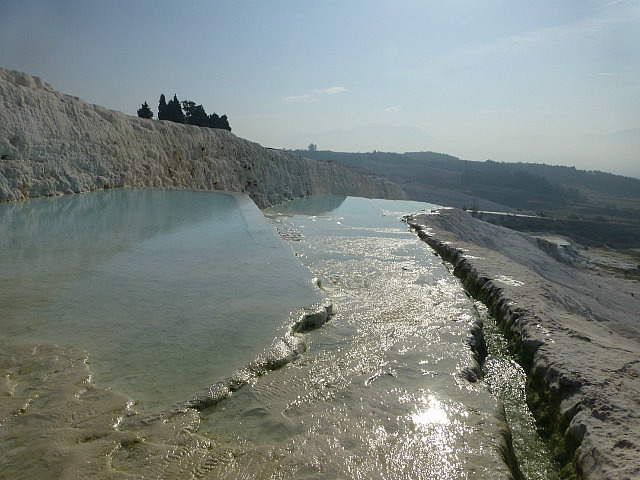
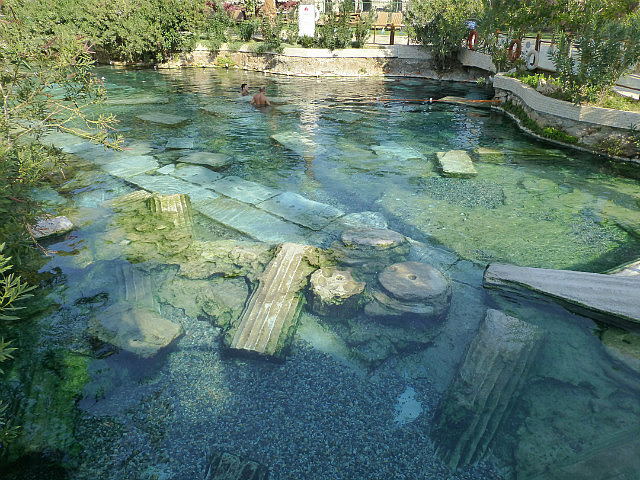

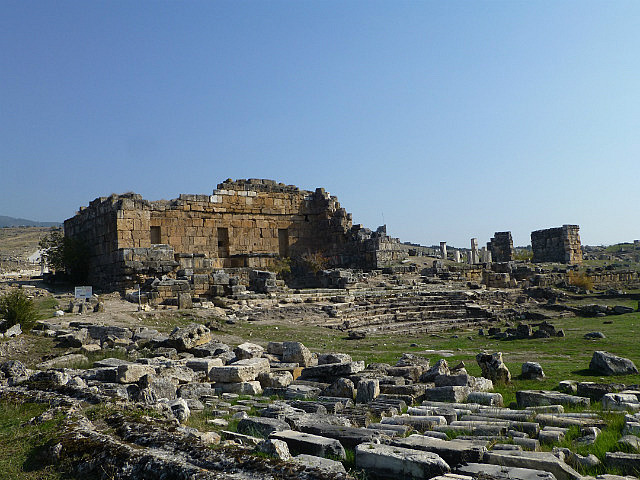

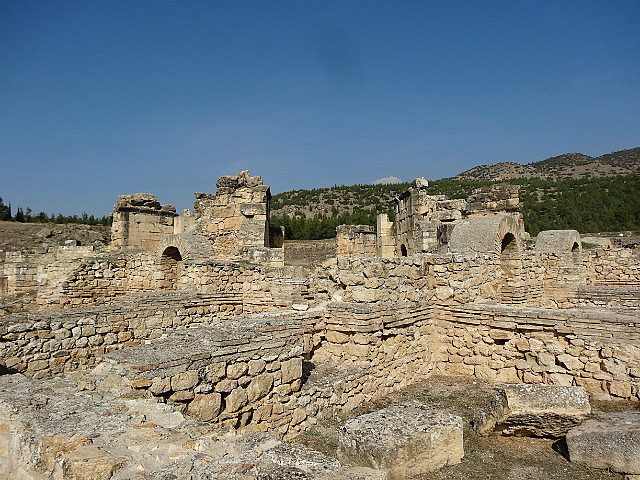
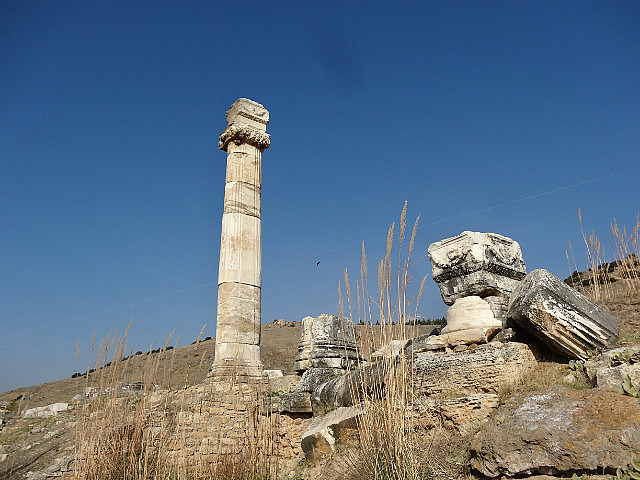

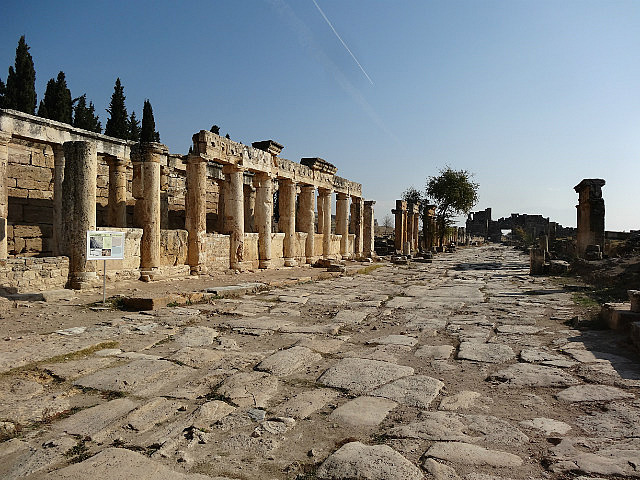
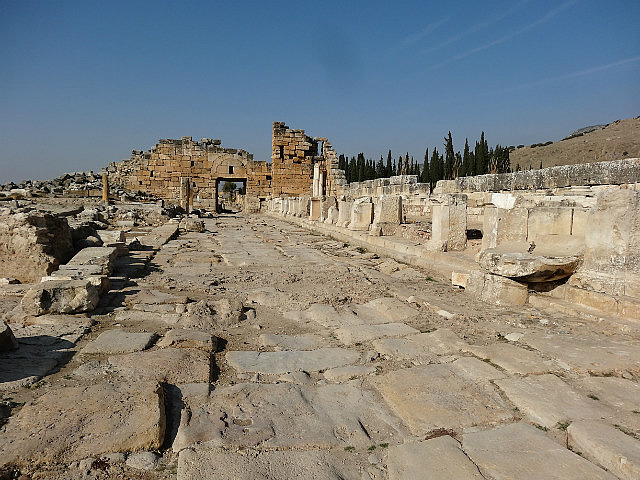

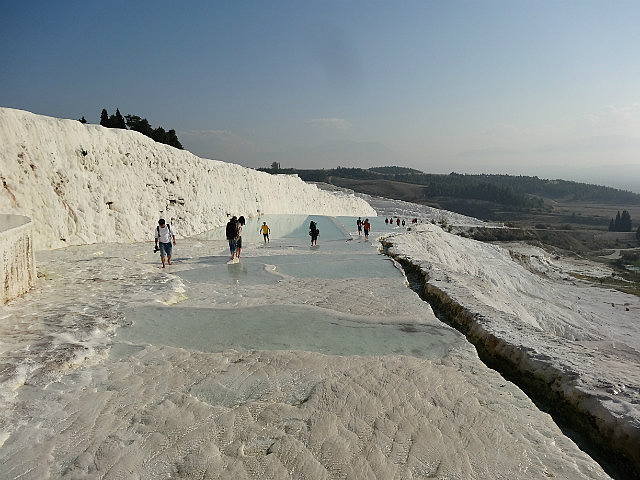
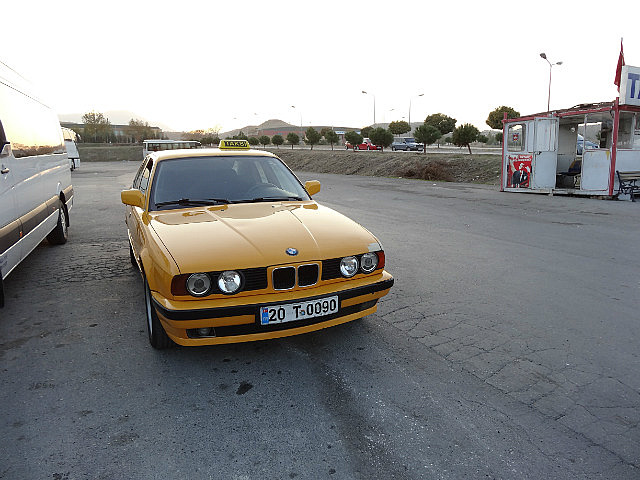

Comments